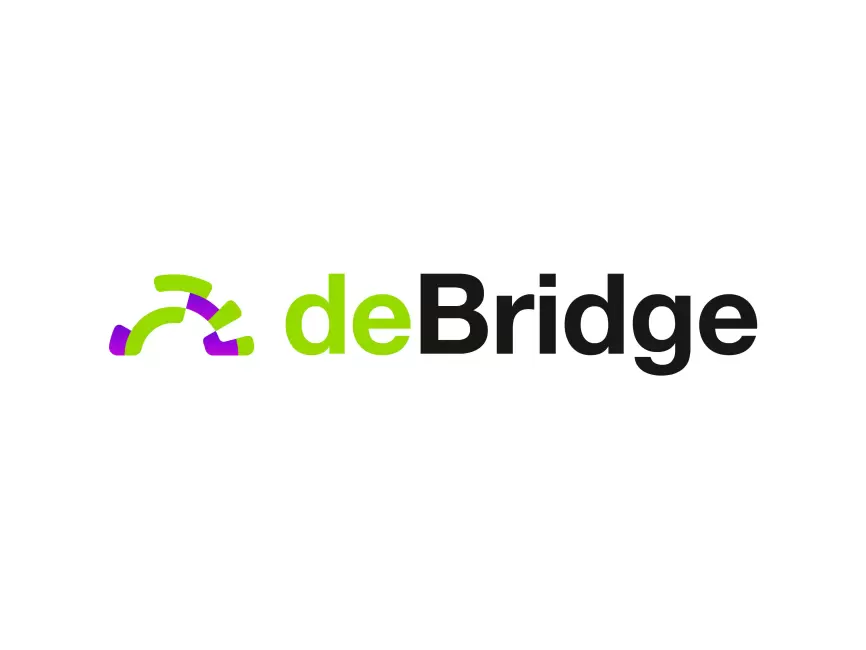Ever tried sending crypto across different blockchains and thought, “This can’t be safe, right?” Yeah, me too. The whole idea of moving assets between chains sounds slick, but it can get messy real quick. Seriously, how do you trust that bridge? That’s the million-dollar question in DeFi today.
At first glance, a blockchain bridge looks like magic—instant transfers, lower fees, and access to multiple ecosystems. But something felt off about the security angle. I mean, if you’re moving your hard-earned tokens through a bridge, you want to be damn sure it’s not a leaky bucket. It’s not just about speed; it’s about trust. And that’s where platforms like debridge finance come into play.
Okay, so check this out—debridge finance isn’t your average bridge. It’s designed with a very thoughtful architecture that tries to solve the usual vulnerabilities we see in cross-chain transfers. Here’s the thing: traditional bridges often rely on centralized validators oracles, and that’s a single point of failure. You’ve probably heard horror stories about bridges being hacked or drained overnight.
Now, I’m not saying debridge is bulletproof—nothing ever is—but it takes a different approach by decentralizing the validation process and leveraging smart contract security in a way that’s pretty advanced. On one hand, it’s complex tech; on the other, it’s surprisingly user-friendly. You don’t have to be a blockchain wizard to figure it out, which is a huge plus.
Whoa! You might wonder how they pull that off without sacrificing speed. Well, they optimize the process by batching transactions and using off-chain computations where possible, reducing gas fees and latency.
Honestly, I was skeptical at first. Cross-chain bridges often promise a lot but deliver little in terms of real security. Initially, I thought it was just marketing fluff, but after digging into their whitepapers and trying the platform myself, I started seeing how their consensus mechanism and multi-layer checks actually add a solid layer of protection.
Here’s what bugs me about most bridges: they often require you to lock your tokens in a smart contract and mint wrapped tokens on the target chain. This wrapping process sometimes introduces systemic risk because if the original chain’s contract gets compromised, your wrapped tokens become worthless.
Debridge finance tries to mitigate this by supporting native asset transfers and enabling bidirectional operations without relying solely on wrapping. That’s a game-changer. I’m biased, but I think this approach is much more aligned with the ethos of true decentralization.
But it’s not just technology. User experience matters a lot too. If the process is clunky or confusing, people will make mistakes or avoid using it altogether. Debridge nails this by providing clear interfaces and transparent fee structures, which builds trust over time.
Hmm… I do wonder about scalability though. As more chains and assets come onboard, will debridge maintain its performance without becoming a bottleneck? They haven’t fully addressed that yet, at least not publicly. So, it’s something to watch.
Alright, let’s talk about the bigger picture. Cross-chain bridges like this are crucial if we want DeFi to evolve beyond isolated silos. Imagine a future where your assets can flow freely across Ethereum, Binance Smart Chain, Avalanche, and more, without worrying about losing funds to hacks or inefficiencies.
On one hand, it’s incredibly exciting. On the other, the stakes are sky-high because every new bridge is a potential attack vector. That’s why protocols that prioritize security without compromising usability—like debridge finance—deserve serious attention.

Some folks argue that no bridge can be truly safe until we have fully interoperable base-layer blockchains, but that feels a bit like waiting for the stars to align. While that vision is cool, we need practical solutions today, and bridges fill that gap.
Here’s my take: cross-chain bridges are like the highways connecting cities. If the roads are cracked or unsafe, commerce and travel slow down. But if the infrastructure is solid, the economy thrives. Debridge is building one of those highways with safety rails and clear signage, not just a rickety plank over a canyon.
Still, I wouldn’t put all my assets on any single bridge—diversification is key. And always do your own homework because the space moves fast, and yesterday’s secure bridge might be tomorrow’s exploit headline.
So, if you’re looking for a bridge that balances security, speed, and user-friendliness, give debridge finance a look. It’s not perfect, but it’s one of the better bets out there right now.
Anyway, that’s my two cents. The cross-chain world is evolving and messy, but with platforms like these, we’re getting closer to that seamless, secure asset transfer future DeFi promised. And hey, if you want to dive deeper or try it out, check out debridge finance—they’ve got the goods.
